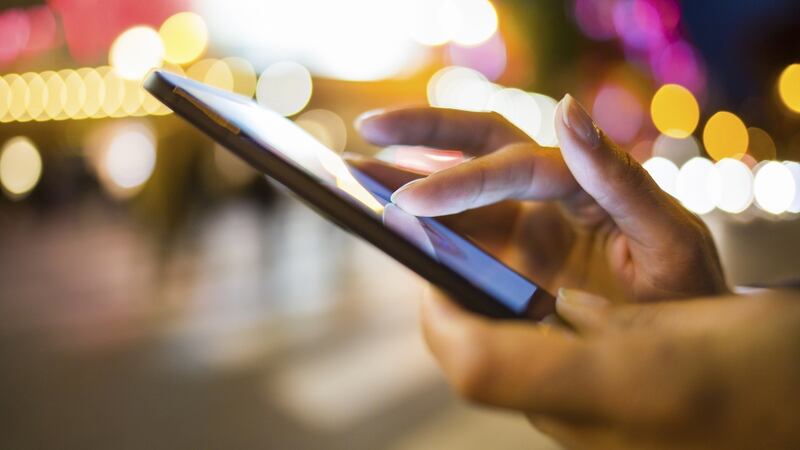Primary-school teacher Bianca Ní Ghrógáin is currently on a career break, and is undertaking a PhD at Dublin City University on the impact new educational technologies and teaching methods are having in our primary schools.
“Educational technology is not just about presentations on a whiteboard,” she says. “In my class last year, the children were using a whole range of exciting technologies across all subjects, including blogging about projects, using internet technologies in a safe way, learning basic programming skills and creating multimedia productions of their learning.”
Ní Ghrógáin says the idea that technology will simply “replace” textbooks is somewhat simplistic. “I have a few reservations. As a Froebel-trained teacher I’ve rarely made use of textbooks, and if I do, I prefer to use them to consolidate learning and to help track children’s progress. I much prefer hands-on practical collaborative group work and learning by doing. If you’re just reading a book off a tablet, you may as well just have the book. Teaching and learning is much more dynamic: boring stuff on a tablet is still boring.”

If children are given the freedom to use technologies, they can create something extraordinary, she says. “A few years ago, a new building was being built in my school, and the fourth-class pupils suggested we could use the plans on display in the school to build the new building, allowing the school community to go on a virtual tour of the new school. Once they are shown how technology can be used, it’s almost hard to hold them back.”
Ní Ghrógáin recommends a number of apps, including Plicker and Kahoot, which are primarily targeted at teachers for use in the classroom, but she also says that the use of Minecraft – a sensationally popular game – can build young people’s skills.
What makes for a good app? “An app is like any learning experience: it should try to differentiate for every learning style and different intelligences. I don’t remember something if I just read it: I also need to talk about it, see a video on it, or listen to or discuss it. A good app should have a lot of different aspects, including a little bit of video, some reading, audio as well as interaction. Apps often forget about children with special needs or learning difficulties, and like any resource it can be hard to find one that will work across a classroom for every child. Not every child, for instance, can read black on white, so a good app should be widely accessible for students.”
YOUR FAVOURITE APP:
If there’s a great educational app you’ve found that you’d like to share with other readers, please use the comment box below.









